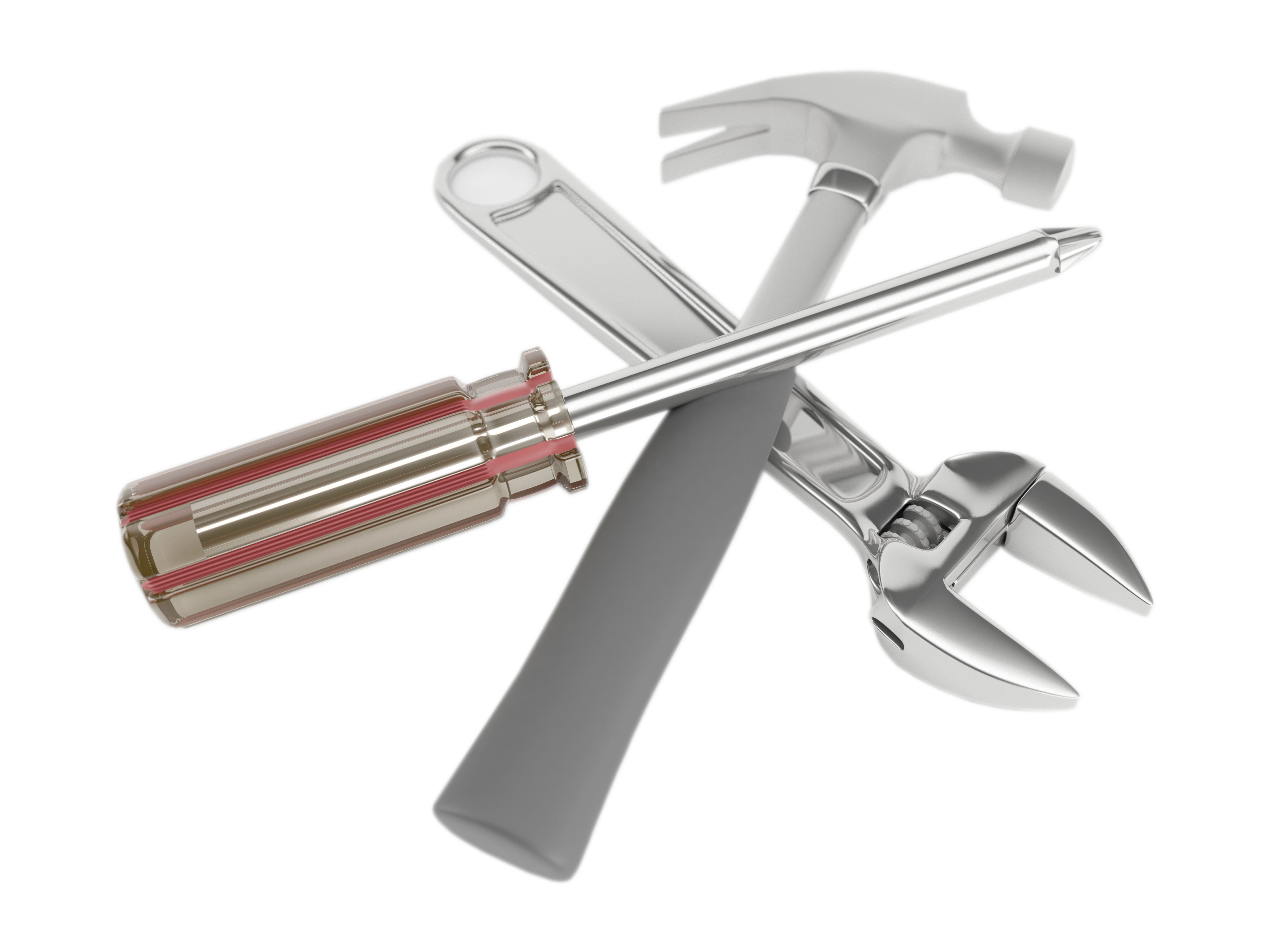Mirrors in a truck – legal requirements

The specific structure of a truck
Mirrors are undoubtedly one of the most important elements of every vehicle. They play an important role and it is difficult to drive a car without mirrors. According to applicable law, it is necessary to have an efficient rear-view mirror and side-view mirrors in the vehicle. The number of the side-view mirrors depends on the type of vehicle. Of course, the most important function of this type of equipment is to ensure road traffic safety. Mirrors make it easier to perform all maneuvers (e.g. parking) by a driver, but they must be properly set.
The truck has a specific structure. The trucks are much larger than passenger cars. This means that a truck requires more mirrors than a passenger car. The driver sits higher in the truck's cabin, which obviously improves visibility on the road. However, the shape of the truck creates the so-called 'no-zone'. To solve this problem, additional mirrors should be placed on the vehicle. In accordance with applicable standards, mirrors are divided into six classes.
Division of mirrors in a truck
• Class 1 – a rear-view mirror mounted inside the driver's cabin. This type of mirror can only be found in some models of trucks that have a rear window.
• 2nd and 3rd class – these are wide-angle main mirrors. These mirrors are installed on the doors of the truck. Their main role is to help the driver assess the position of the trailer. Wide-angle main mirrors make it much easier for the driver to perform maneuvers.
• 4th class – panoramic mirrors. These mirrors are mounted on posts where the class 2 and 3 mirrors are installed. Thanks to the panoramic mirrors, the driver has a wider field of vision.
• Class 5 – short-range mirrors. This mirror is installed only in the upper part of the right side door. Short-range mirrors allow the driver to better see road lanes and curbs.
• 6th class – front mirror. If the truck has a low cabin and the driver can see short objects in front of the hood of the truck, this mirror is optional.
Mirrors in passenger cars
The division of mirrors in passenger cars are much simpler. According to applicable regulations, it is necessary to equip a passenger car with a rear-view mirror located inside the car and two external mirrors installed on both sides of the vehicle. External mirrors can be divided according to their adjustment methods.
• Manual mirrors – manually adjustable mirrors. They are set using the hand, knobs and levers located next to the mirrors.
• Mechanical mirrors - mirrors are also manually adjustable, but in this case their correct setting is performed using mechanisms located inside the vehicle.
• Automatic (electric) mirrors – these types of mirrors are installed in new passenger car models. They can be set using the automatic system installed in the vehicle.
Mirrors in some cars may have additional solutions - e.g. blind spot diode, temperature sensor, electric folding mechanism or heating.
Driver`s attention on the road is the basis for ensuring the safety of all road users. Therefore, you must comply with road traffic regulations, including the rules of proper use of mirrors installed in the vehicle.






















